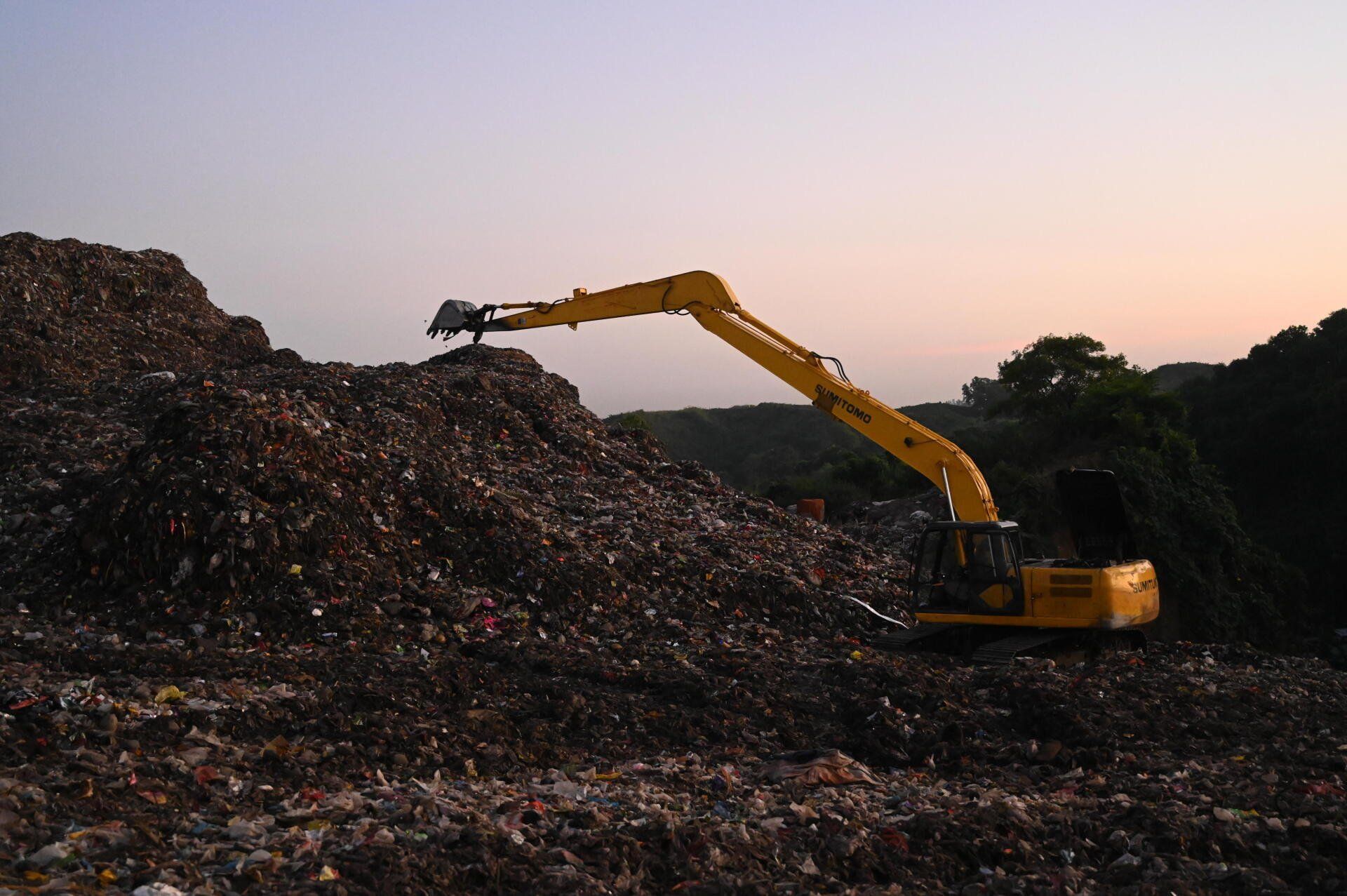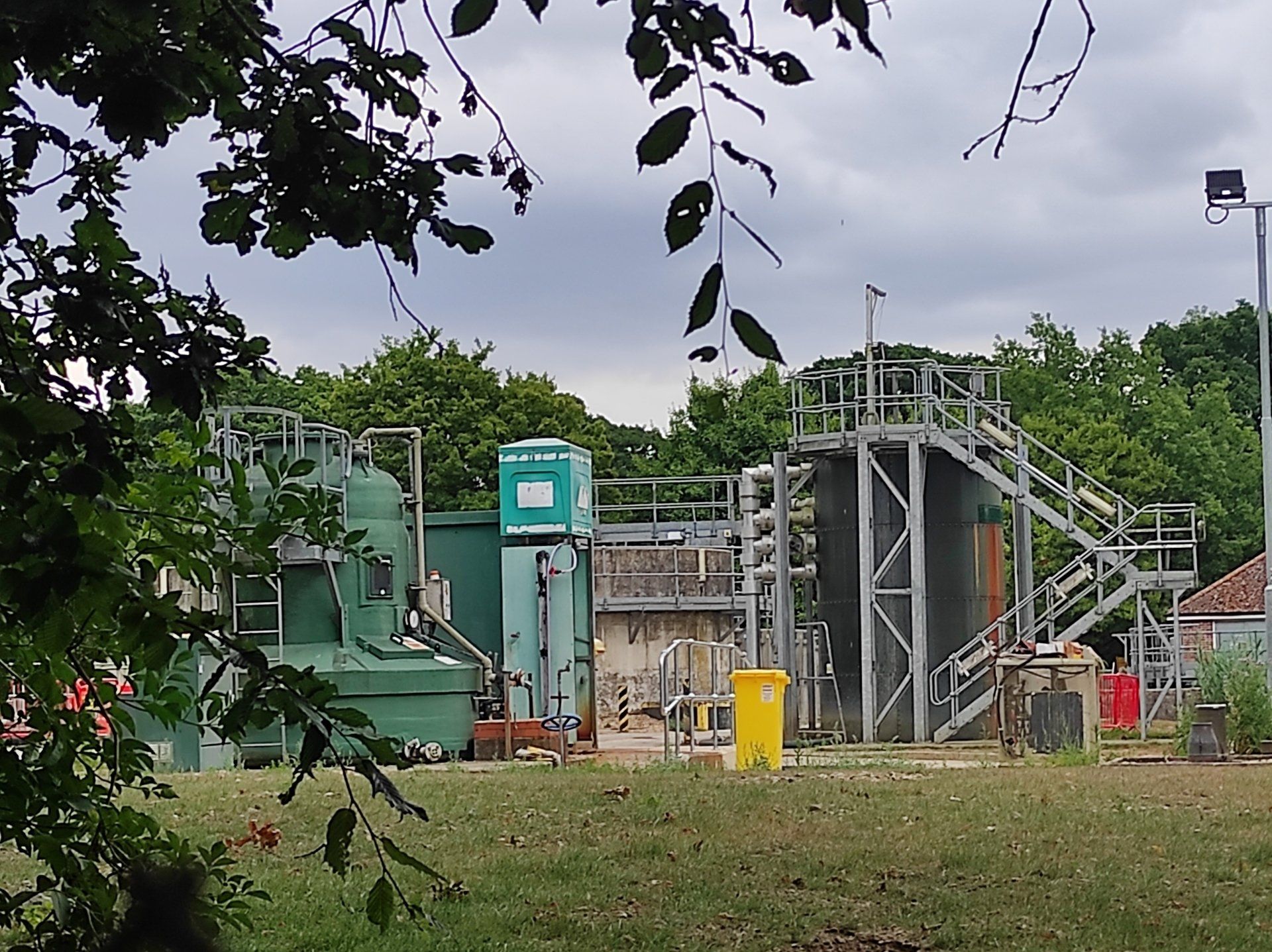Odour Assessments & Odour Management
More than just a bad smell? We can help...
Regulating odour is one of the most challenging areas of air quality management. Odour is a highly complex and subjective issue, and what is offensive to one person may not be offensive to another.
What is classed as an "Odour"?
According to the ‘Odour Guide for Local Authorities' document, an odour is; the organoleptic attribute perceptible by the olfactory organ on sniffing certain volatile substances. It is a property of odorous substances that makes them perceptible to our sense of smell.
The term odour refers to the stimuli from a chemical compound that is volatilised in air. Odour is our perception of that sensation, and we interpret what odour means. Odours may be perceived as pleasant or unpleasant. The main concern with odour is its ability to cause a response in individuals that is considered to be objectionable or offensive.
We Specialise in Odour Management and Assessments
Air quality testing is important to help ensure your buildings safety and compliance to the latest legal requirements.
Identifying And Assessing Odours
When emissions containing odorants are released into the atmosphere, they can impact the environment, including people. Under some circumstances, this could include an impact on the ecosystem or on human health, as a result of the chemicals causing the issue.
Key Considerations When Assessing Odours
Residents’ perception of the source of an odour, e.g., if it is from an undesirable source such as sewage works or an animal rendering plant, may influence their complaint behaviour and expectations of resolution. Social and psychological factors sometimes have a greater bearing on odour perception than actual exposure.
Regardless, prompt (and decisive) investigative and regulatory action should help prevent complaint fatigue.
How to assess odours
A combination of two site operators and odour-sensitive receptors is a sensible starting point as a solution to an odour problem, which is where we come in. Our assessors can investigate an odour and create a custom resolution plan to rectify the issue. Simply contact us today to discuss next steps.
Odour Sources
Defining the origin of an odour, as well as recognising common odour sources, and utilising methods for assessing the concentration and emission rates from the source, are all important aspects of defining the problems presented by odours.
The ability to recognise and differentiate between potential sources is important to determine the sources of the odour problem and the relative effectiveness of mitigation measures.
Odour sources vary greatly in concentration, hedonic tone and quality, even for the same source types.
Source Types
Odour sources and their impacts are characterised by their sensory properties; i.e., threshold, discrimination, intensity, hedonic tone and quality; as well as their origin, i.e. the type of emission.
Almost all of these properties can be quantified or objectively assessed, but in the context of environmental management and impact assessments, odour concentration is the most commonly used parameter.
Odour Management Plans and Site Assessments
At Ultra Protect we can provide Odour Management Plans (OMPs) to omanage and mitigate the impact of odours escaping or permeating your premises. Additionally we also provide Odour Site Assessments to support planning applications.
Odour Assessment FAQs
Is There Odour Management Legislation?
Regulations for internal air quality and odour management are covered by a variety of legislation, including;
- Environment Protection Act 1990
- The Pollution Prevention and Control (England and Wales) Regulations 2000
- Health and Safety at Work etc. Act 1974
- Occupiers Liability Act 1984
Do I Still Need An Odour Assessment If Complaints Stop?
There are several reasons odour complaints may stop even if the odour is still present. These include complaint fatigue or an expectation nothing can be done to resolve the issue. Furthermore, humans have a surprisingly high tolerance to odour, so you’ll probably stop noticing a new smell quickly.
What Other Air Quality Management Services Do You Offer?
Ultra provide a range of internal air quality management solutions. These include air quality assessments, dust risk assessments, and a range of products such as air filters, air purifiers, and dust blockers.
Downloadable
Useful Resources
Guidance on the assessment of odour for planning
This document provides guidance is for assessing odour impacts for planning
purposes.
Guidance for
measuring and categorising odours.
Environment Agency report on of the way people perceive odour, and the thresholds at which odours can be detected. It also looks at how odour annoyance occurs
Odour Management & Compliance
Environment Agency report providing guidance for permit holders on the control of pollution including odour
Book Your Odour Assessment
Our expert advice, site surveys and demonstrations are available to book nationwide.








